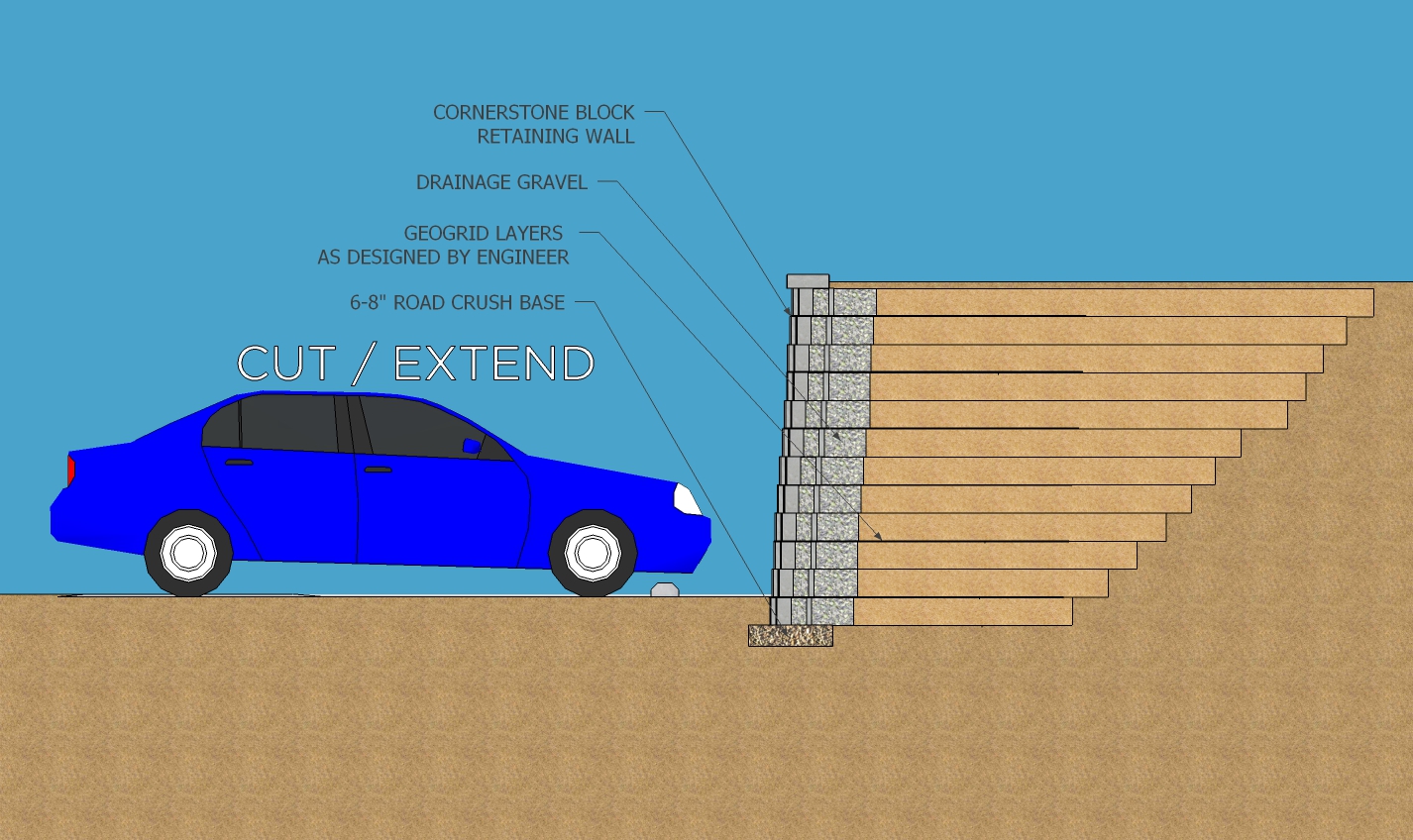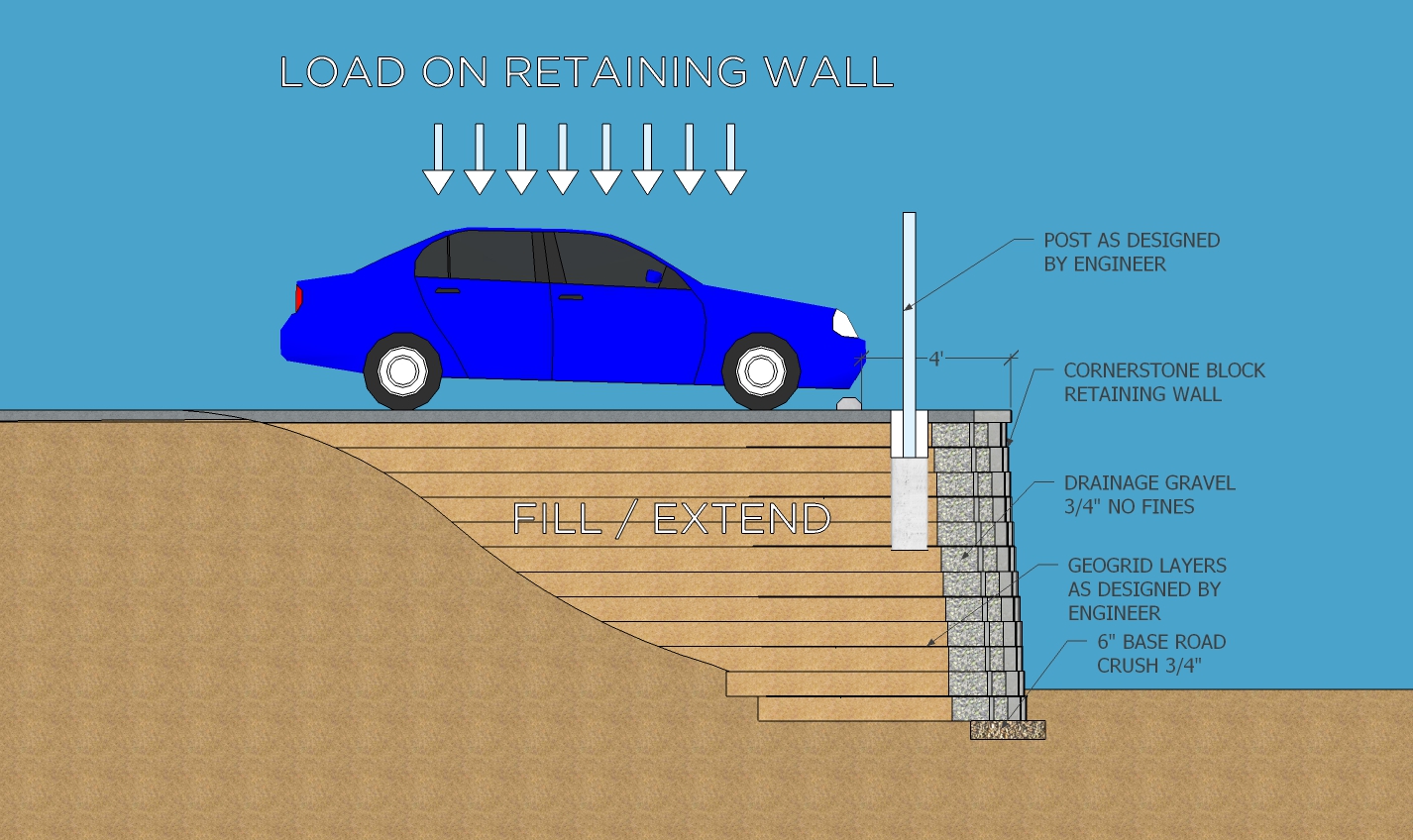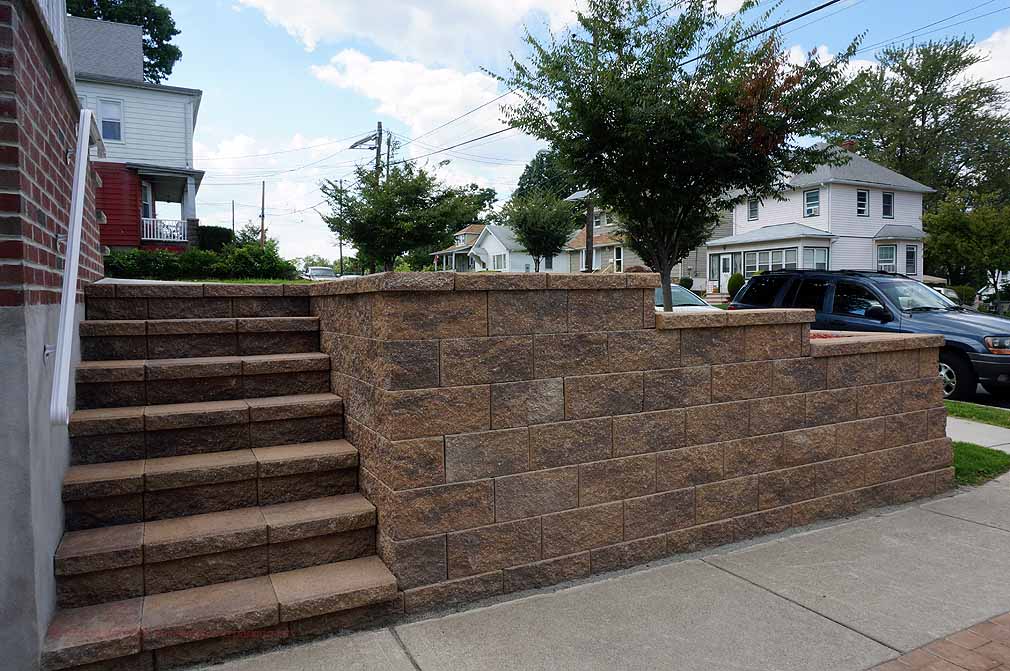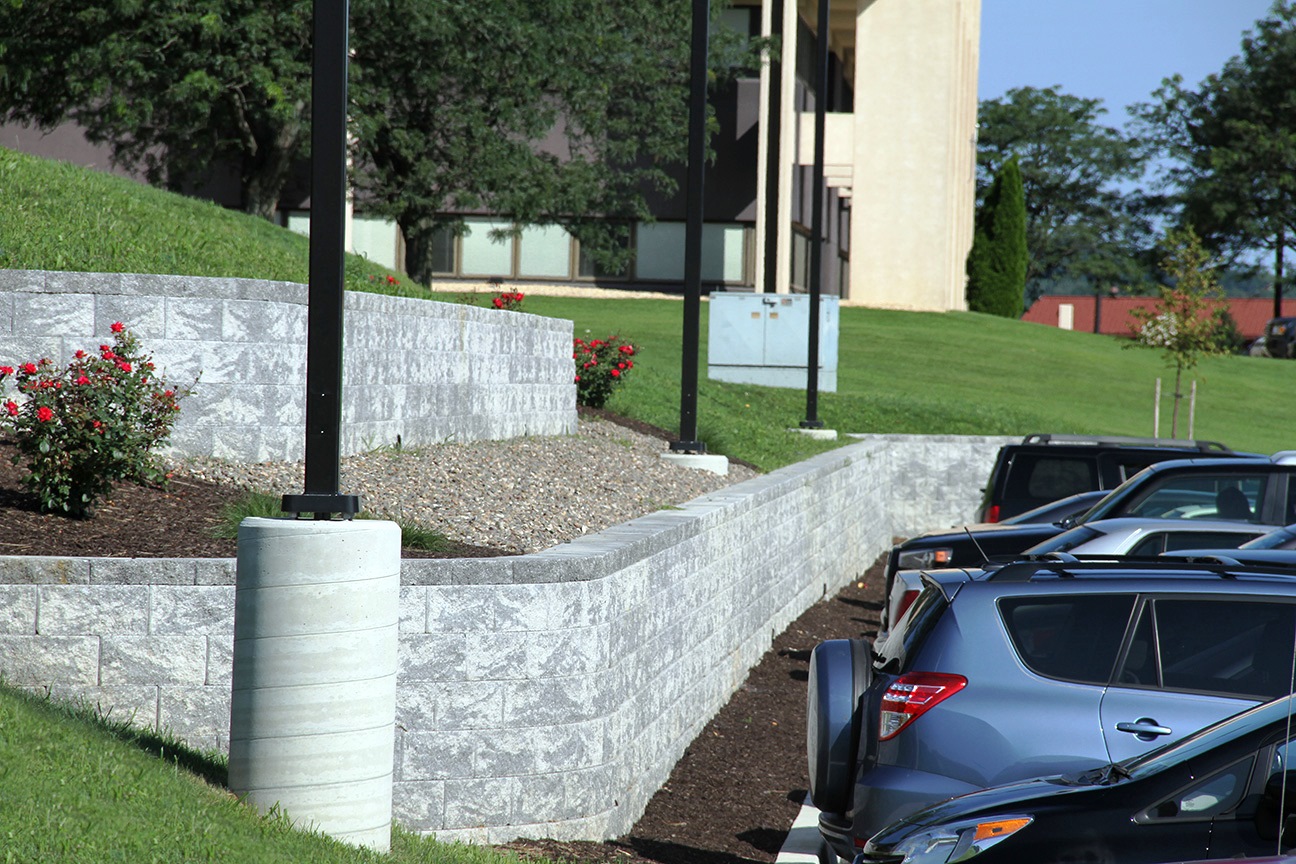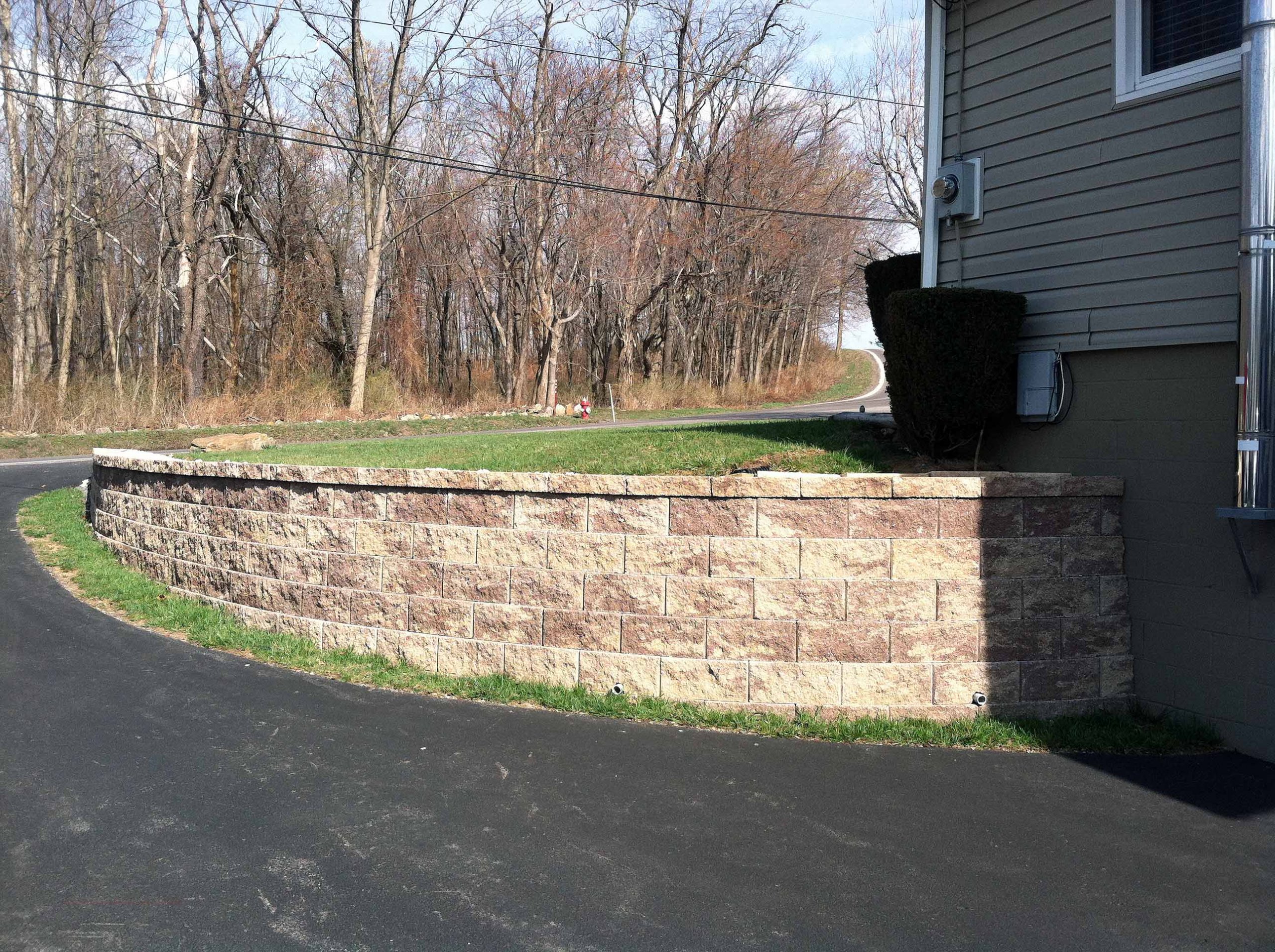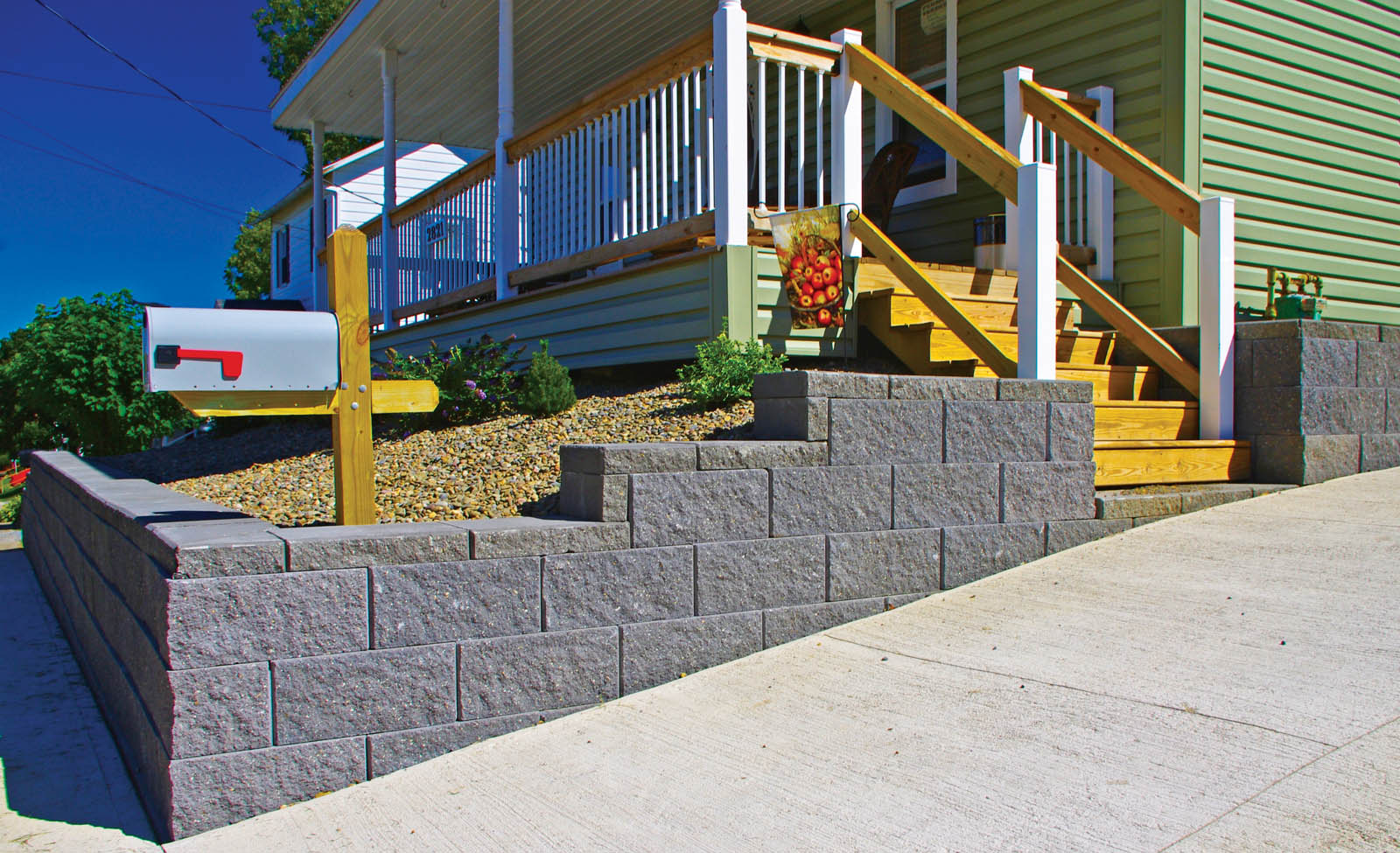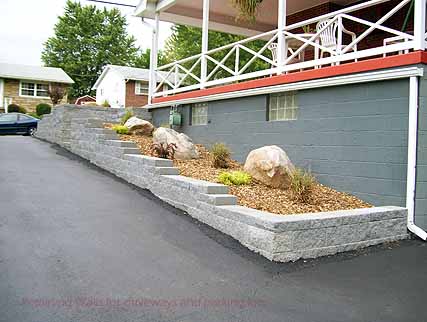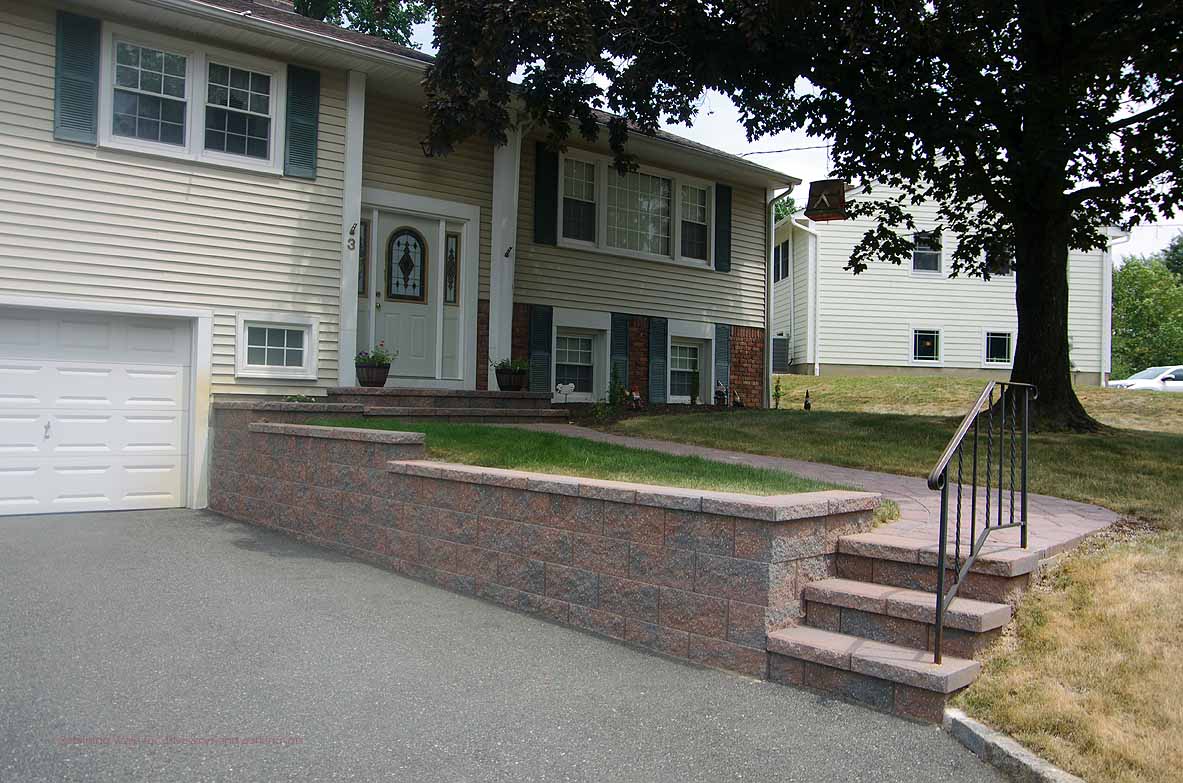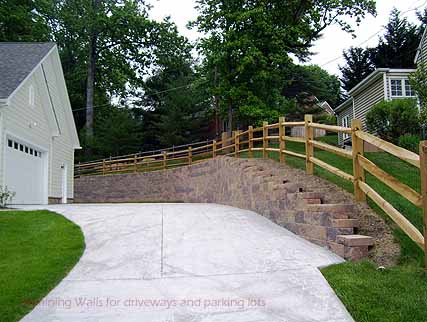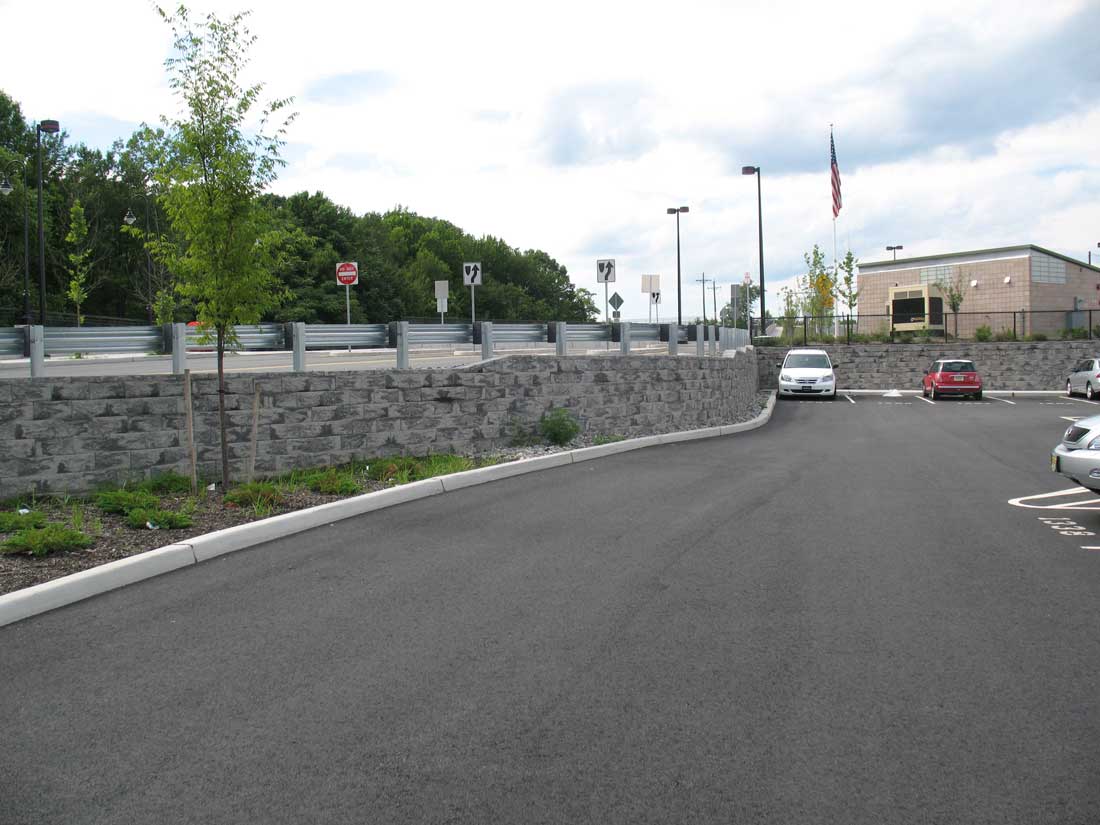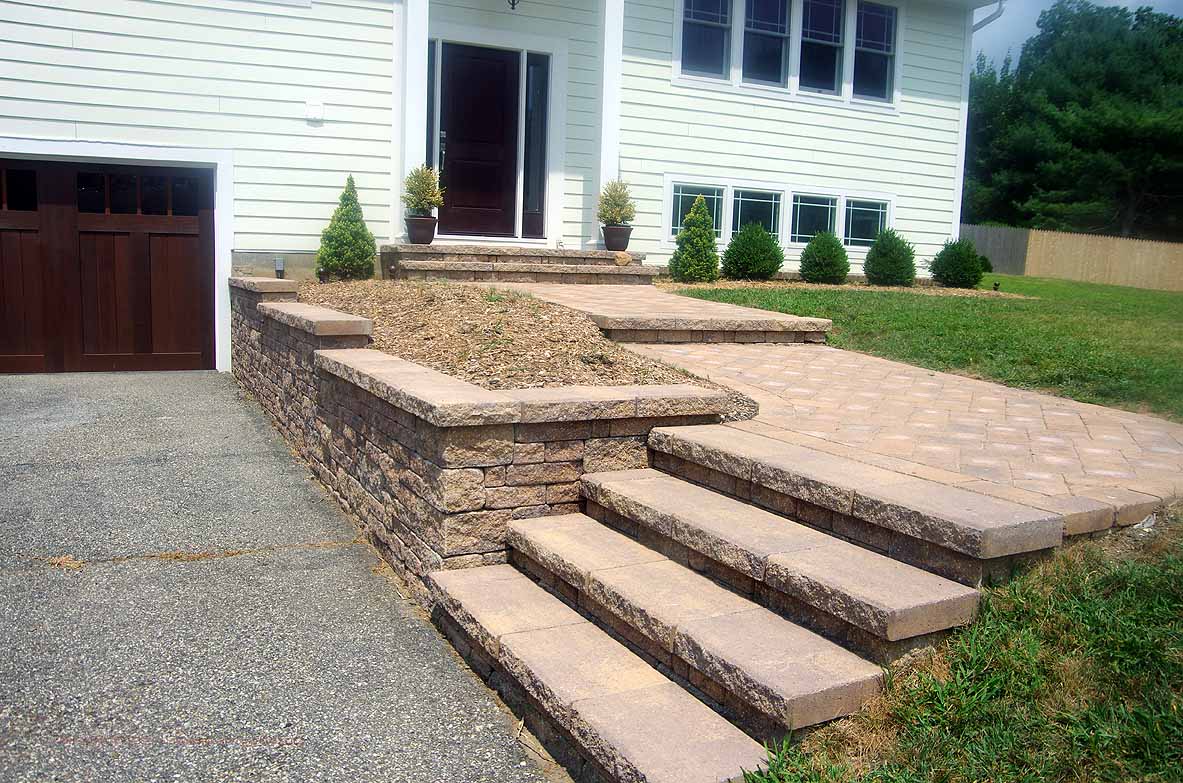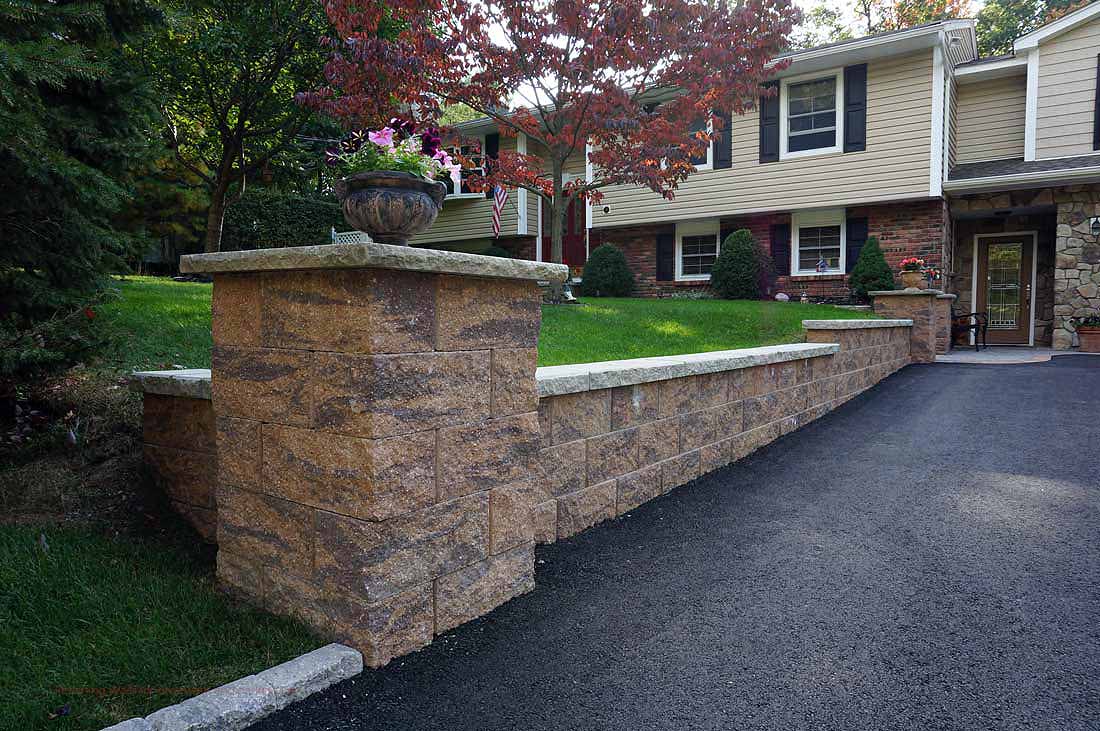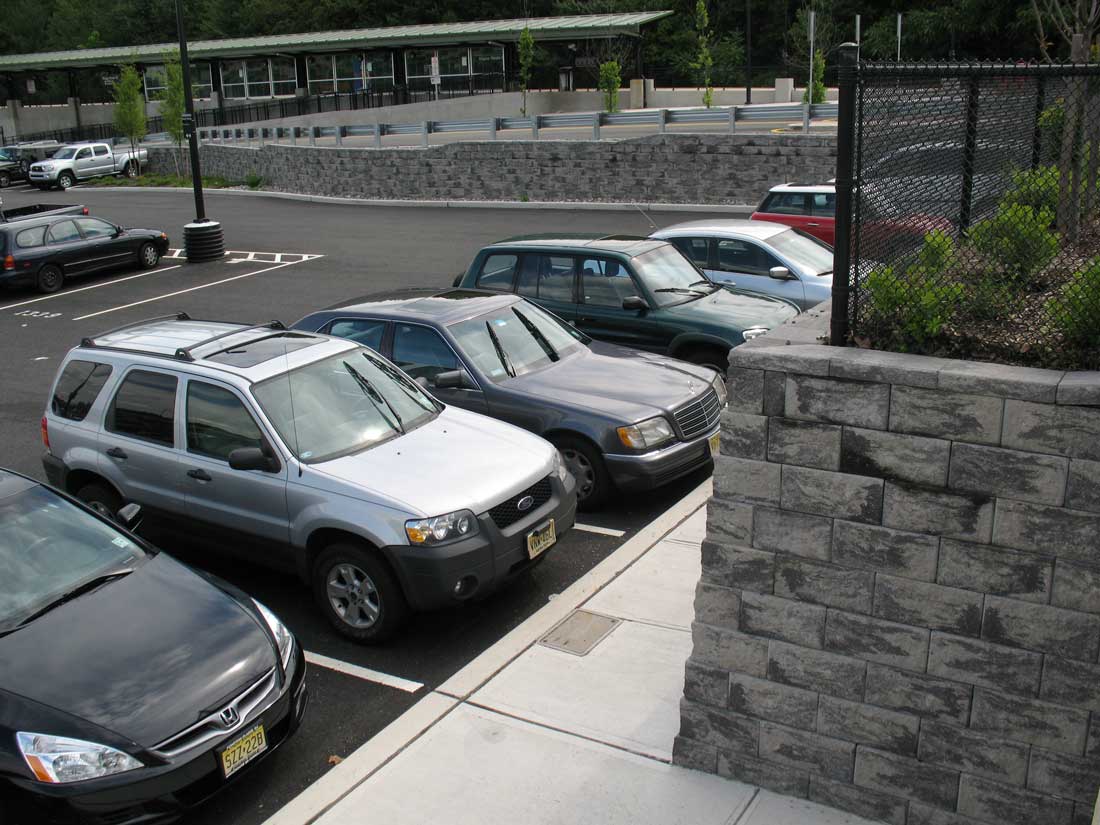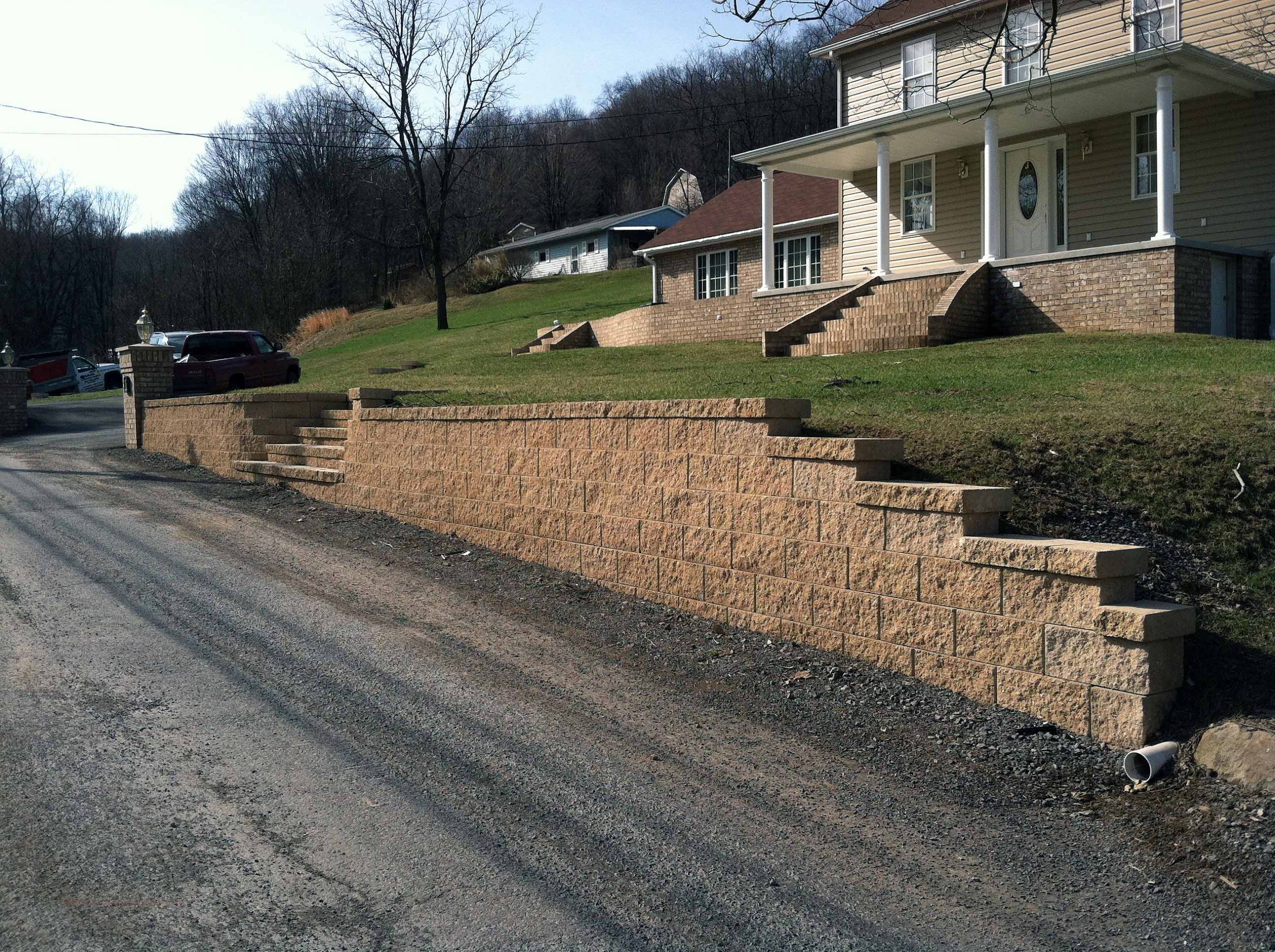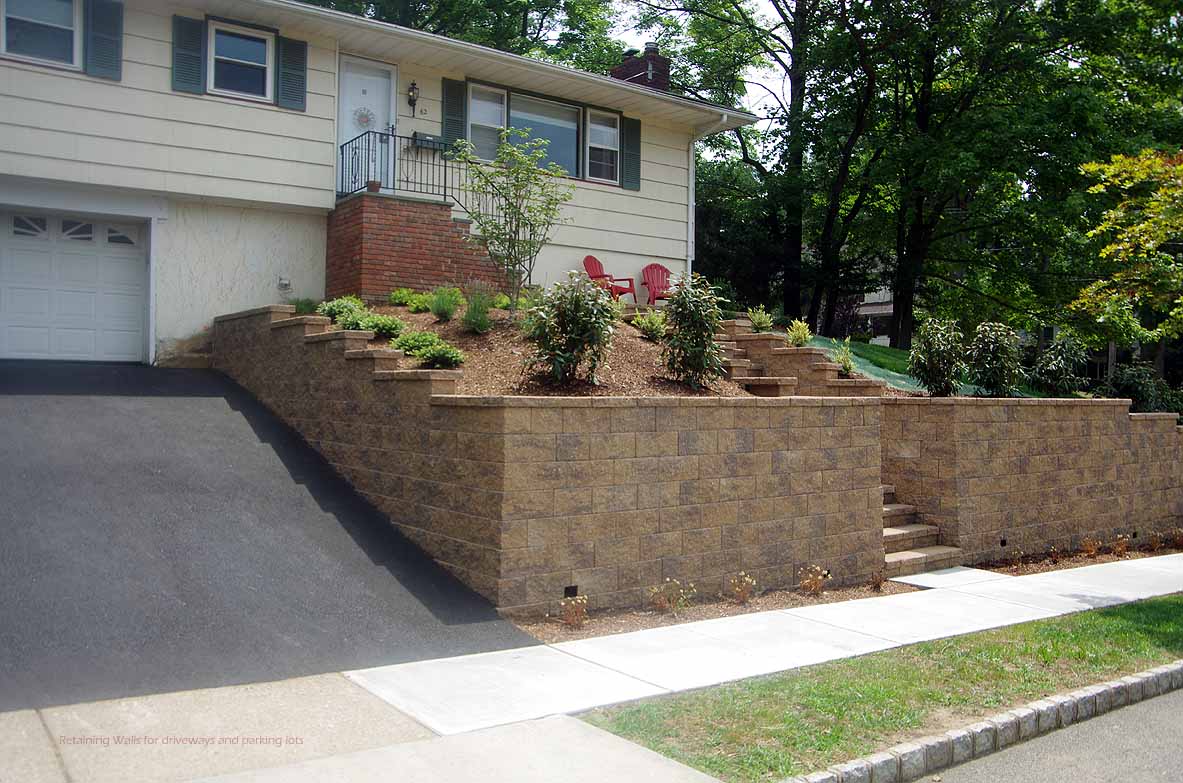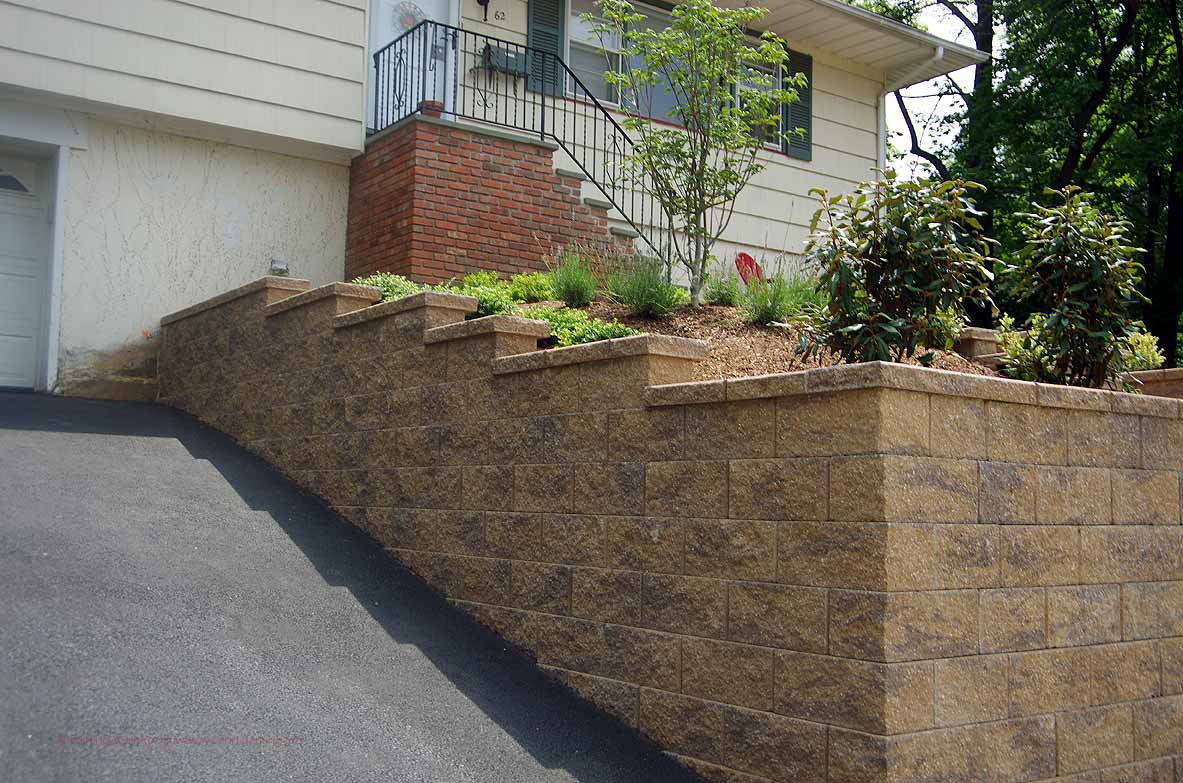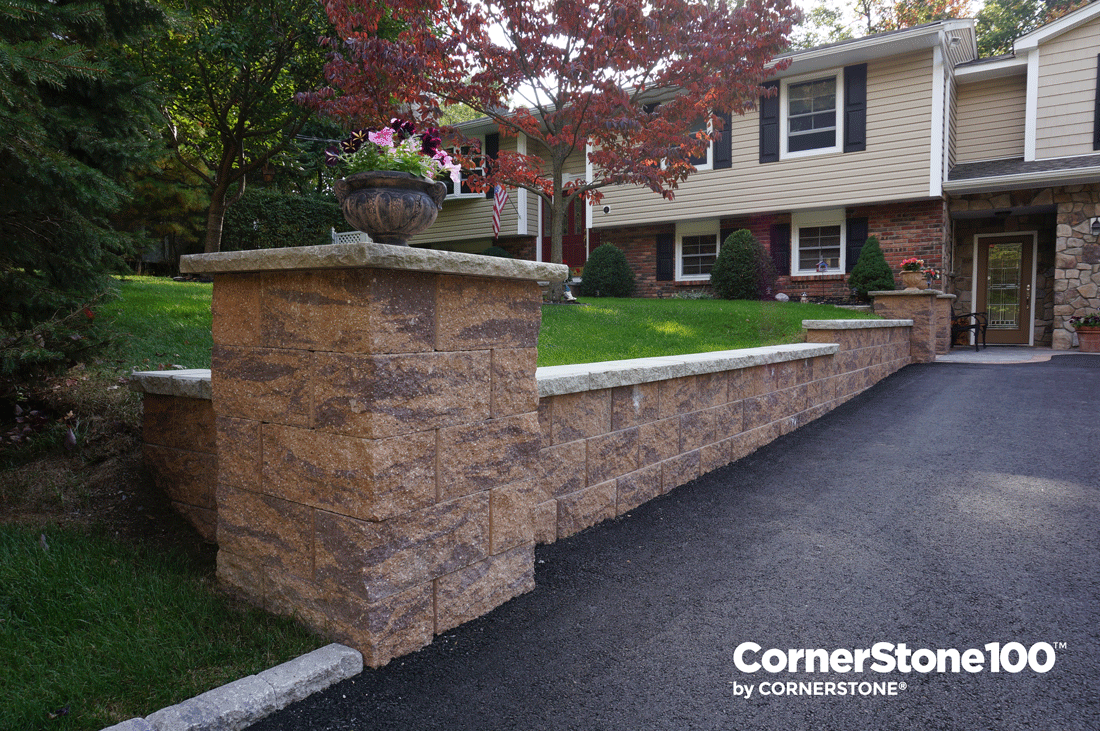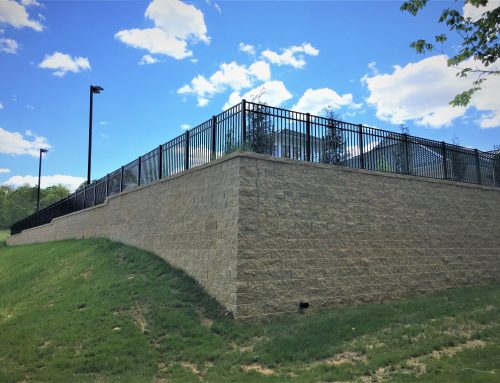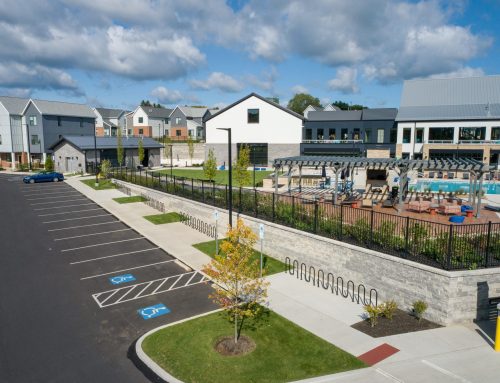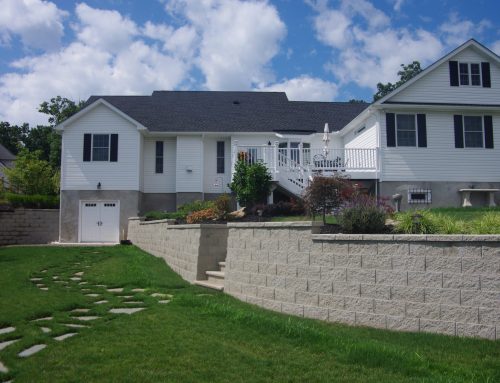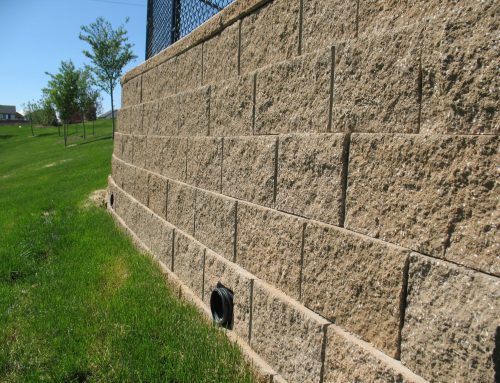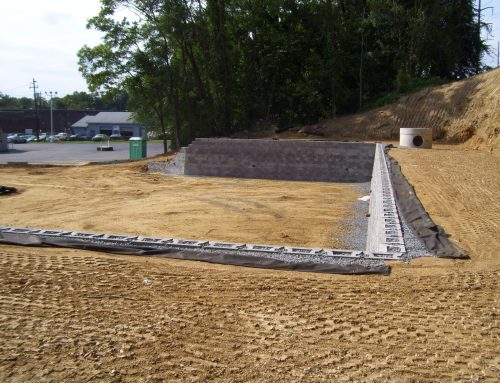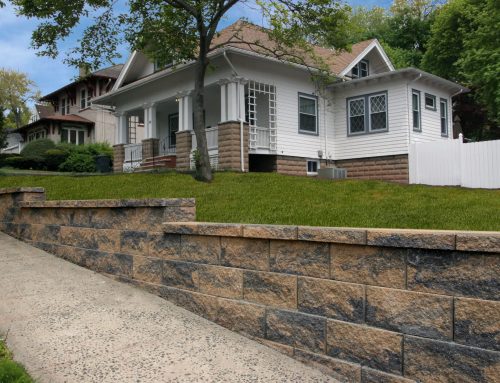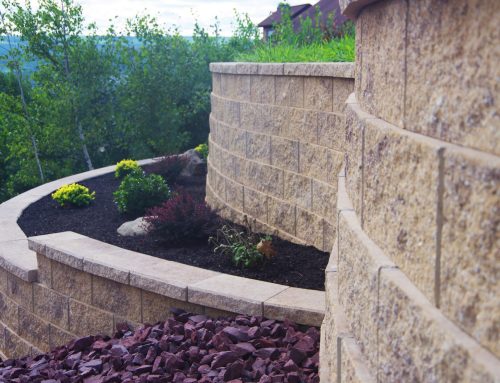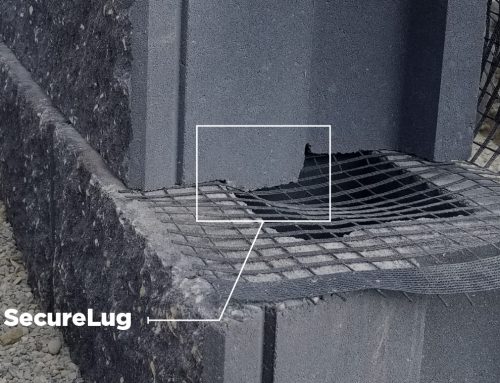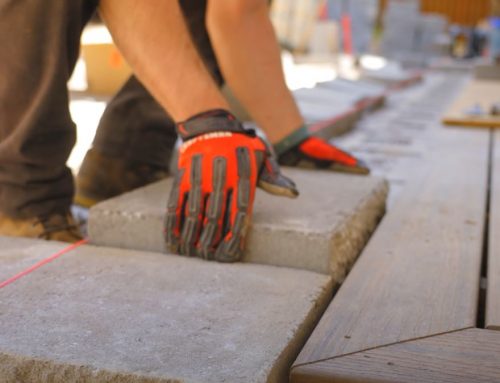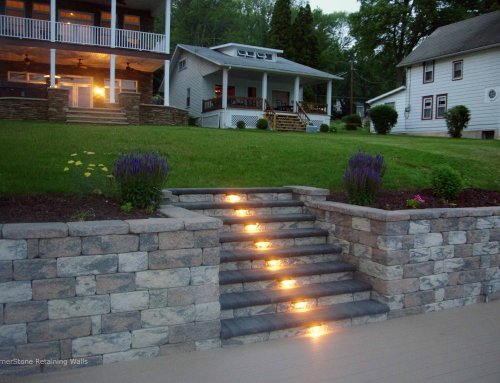Retaining Walls for Driveways and Parking Lots: What You Need to Know
As we head toward the hustle and bustle of another busy holiday season, we’ve got retaining walls for driveways and parking lots on the mind.
It might seem strange to think about landscaping in the middle of November, what with the many months of blustery winter weather ahead of us. But really, there’s no better time than now to be designing the driveway of your dreams.
The best time to start building a new driveway is after those wet early-spring rains. So we thought we’d help you get ahead of the game by filling you in on everything you need to know. Get the planning process started today!
A Little Extra or a Bit Off the Top?
The first thing to consider when planning your new driveway is whether you’re looking to cut or fill. This will determine the design, materials, and details you need to consider when building.
Not sure which category you fall into? No problem! We’ll break it down for you.
Cut retaining wall
This retaining wall is for when you need to extend your driveway. This is for when you want to make it longer or more approachable.
With this sort of design, we always suggest including a curb or parking stop at least four feet out from the retaining wall. This will ensure there’s no potential for a driver to accidentally clip or run into the wall itself!
This sort of retaining wall can also be designed without any fundamental considerations for top-load since all of the heavy traffic will be on the driveway below.
Keep in mind that slopes or structures above the wall also add loading. And they need to be determined beforehand. Preliminary designs are always crucial in any retaining wall design.
Fill retaining wall
This driveway design is for when you need to build up your driveway. It’s perfect if you want to compensate for a slope that’s too shallow. It’s also an excellent solution for land that’s otherwise unstable.
In this instance, geogrids are usually required to account for the load on the driveway. We don’t want someone driving into your wall. But we also don’t want them to go over the wall. So, a parking curb and guard rail are recommended.
All driveways and retaining walls fall into these two build categories. Once you’ve determined which approach your particular situation calls for, you’re well on your way to designing a stunning, attractive new driveway!
Photos of Retaining Walls for Driveways and Parking Lots Using CornerStone Wall Blocks
Driveway Details to Consider
You’ve sorted out what type of driveway you’re looking for, but there are still quite a few more things to consider before breaking ground on that brand-new project. Below are six key details you should consider before beginning to build.
Consider the load
We mentioned the importance of taking load into account when building a fill retaining wall.
Generally speaking, most cars require consideration for loads around 150 lbs/sqft. On the other hand, trucks are closer to about 250 lbs/sqft.
Always talk with a local engineer and follow local building codes. For all the technical information you’ll need to build accordingly, please consult the NCMA SRW Best Practices Guide, NCMA SRW Best Practices.
Have a solid design
You wouldn’t build a house without a blueprint. So make sure you don’t build a driveway without a plan.
To help out in this regard, we’re happy to offer some great, free-to-download resources from our website!
Don’t hesitate to reach out to a local engineer. That way, you’ll know your new driveway will be designed to last. You’ll also be able to build one with safety in mind.
Culverts or headwalls
Check if there’s a ditch or other similar type of undulation in the land where you’re planning to build your driveway.
If there is, you’ll need to look at including a culvert or headwall in your design. This is so that it can be safely traversed. This application may be a bit more work, but it is done often.
Proper drainage
Like any other landscaping element, water is the mortal enemy of driveways and retaining walls. Improper drainage can result in water flowing and collecting in all the wrong places. And it can quickly damage your brand-new driveway.
It could also wreak havoc on other parts of your yard, home, or surrounding structures. So take this into consideration.
Guard rails
Keep your property safe and install guard rails. This is to ensure that nobody slips off the top of your new retaining wall as they admire how gorgeous your outdoor space is!
Guard rails and fence posts should be built with proper consideration. And again, we recommend that you discuss this with your engineer.
Underground lines
As with any building project, make sure you call before your dig. Most counties and cities post the numbers everywhere.
They will mark out where all lines are called “locates.” They will also ensure these are correctly marked out for you or the contractor building the retaining wall.
And with that, you’re off to the races!
Building a Retaining Wall for Your Driveway or Parking Lot
Now that you’ve got some of these plans in place, you can start taking a look at all the things we offer to make your project something to be proud of.
Once you’ve found some stylishly designed retaining wall options, it’s just a matter of reaching out to your trusted local distributor. They’ll be happy to set you up with pricing, details, and anything else you might need!
Spring might be a good number of months away yet. But there’s never been a better time to start designing your retaining walls for driveways and parking lots.
We can’t wait to help make your creative vision come to life!




